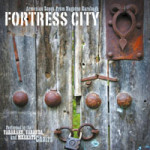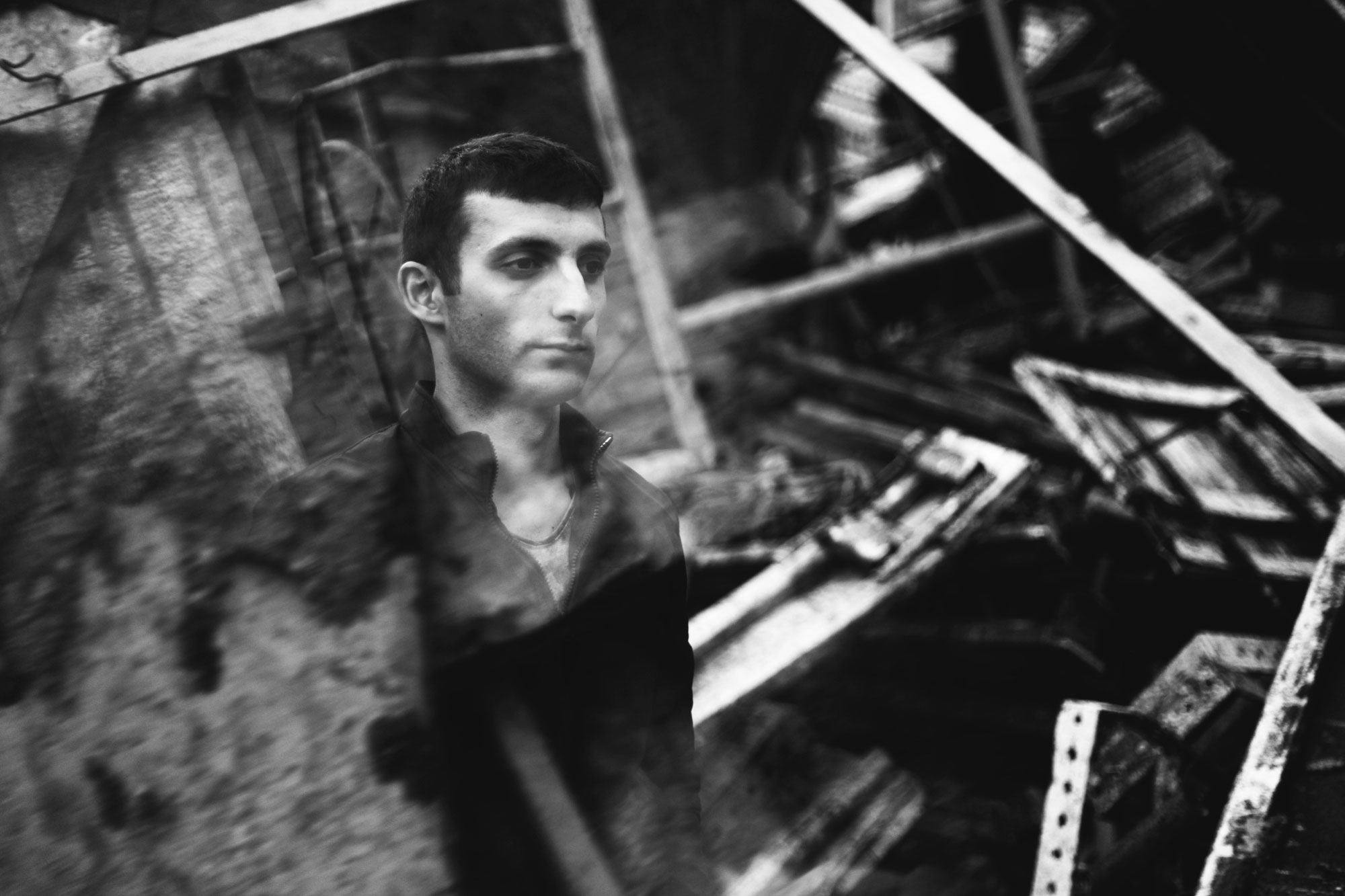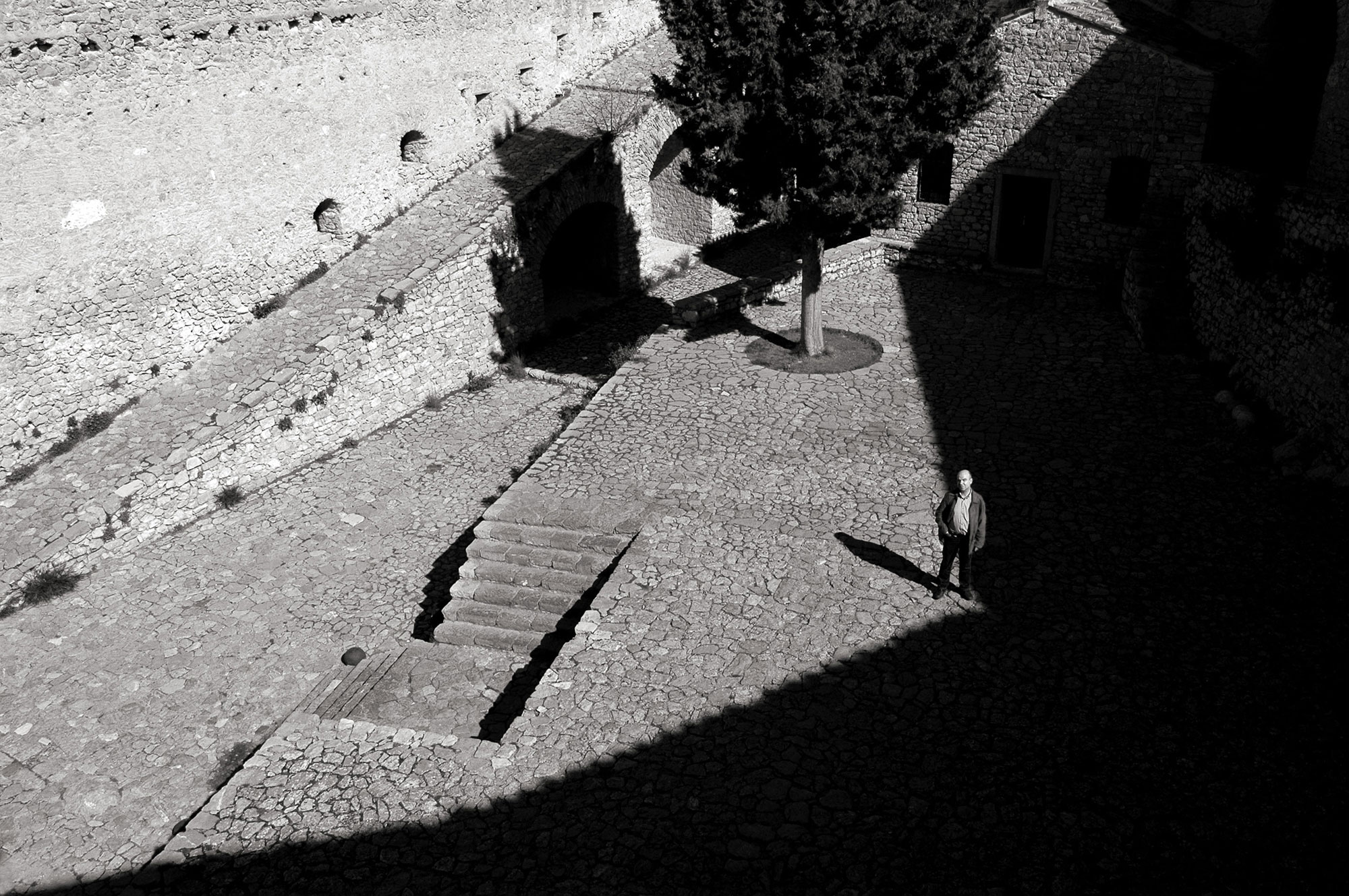 Fortress City: Armenian Songs from Nagorno Karabagh
Fortress City: Armenian Songs from Nagorno Karabagh
Vararakn/Varanda/Mrakats Choirs
Release Date: 2005 | Genres: Classical, Music, Christian & Gospel, World
© ℗Copyright-Pomegranate Music, Inc. (634479059841)
This special recording of Armenian songs from Nagorno-Karabagh paints a vivid picture of local choral life, set against the proud backdrop of a land that has been revered by Armenians for hundreds of year. The men, women, and children of Nagorno-Karabagh have overcome extremely difficult conditions recently to create music with radiant choral intonations. Indeed, the boys and girls/men and women of Vararakn, Varanda, and Mrakats had grown accustomed to hearing not only the melody of song, but, the whizzing of bullets during wartime. We might say that the parents of each choir member fought to liberate the borders of their homeland, while their children became the liberators of Armenian song and culture.
Recorded inside Shushi’s Ganach Zham Church in just five days, Fortress City gives the listener a sampling of each choir’s repertoire. All three groups have a broad scope of songs in their catalog from which to choose. Their individual concerts in Nagorno-Karabagh, Armenia, and abroad have generated enthusiastic responses from appreciative fans who have marveled at their dedication to the art of Armenian song. This recording presents a wide-ranging program of classical and modern choral works from Armenia’s finest composers. Included in this program are works by composer and ethnomusicologist Komitas Vartabed (1867-1935), Makar Yekmalian (1856-1905), Kristapor Kara-Mourza (1854-1902), and Parsegh Ganatchian (1885-1967). Then, there are the medieval hymns and chants of Grigor Narekatsi (10c.) and Nerses Shnorhali (12c.). Modern composers and arrangers such as Robert Petrossian (1930), Garo Zakarian (1895-1967), and Yervant Yerganian (1951) are represented as well.
The musical selections offered here present the broad spectrum of choral works from the 10th through 20th centuries in areas of Armenian spiritual, folk, and village-lyrical spheres. Consider Fortress City your formal invitation to the rich culture and tremendous will of Nagorno-Karabagh’s Armenians.




